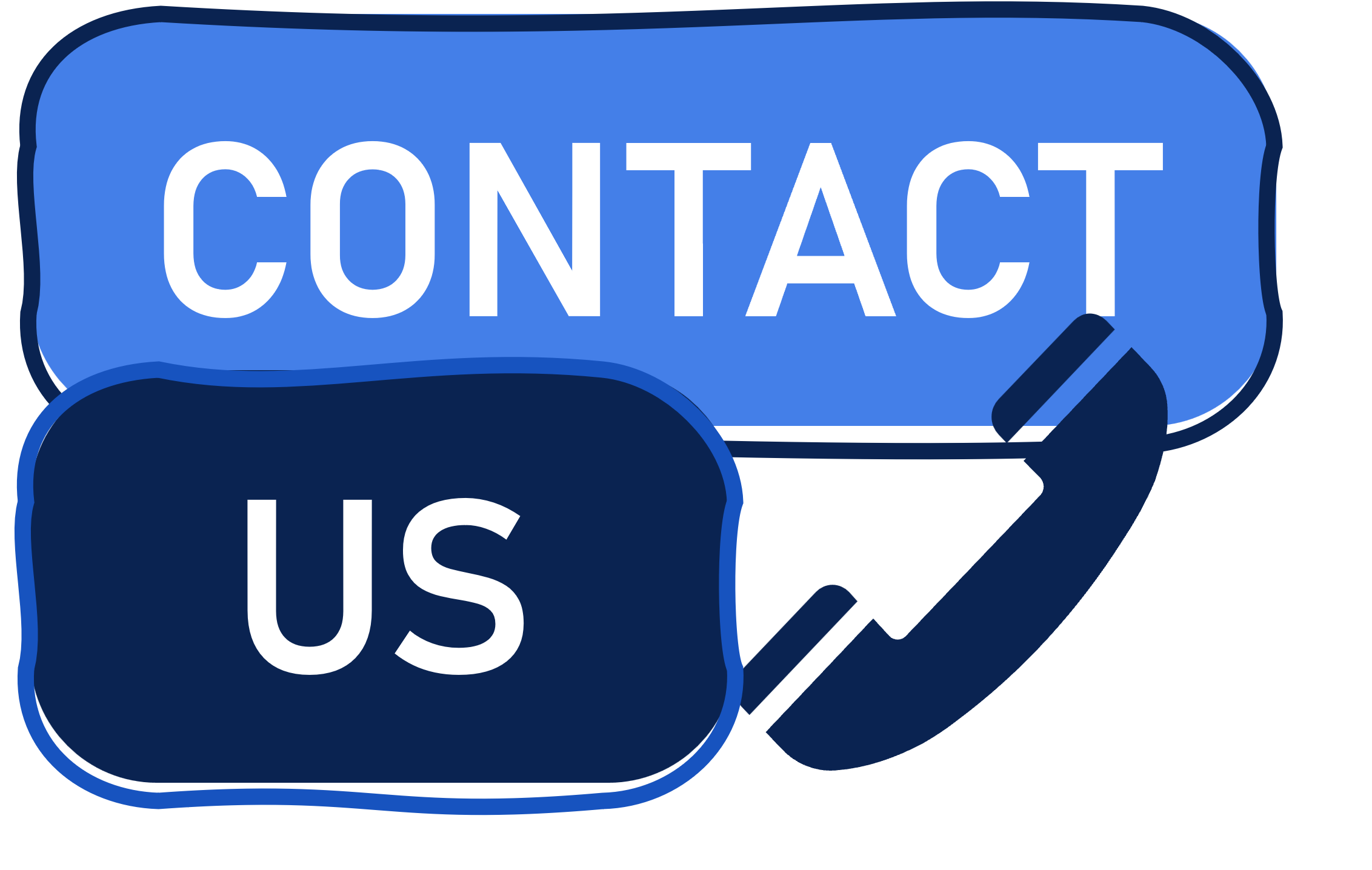How to Master Clear Messaging in Copywriting
Why Clear Messaging is Crucial
Confusing copy can:
- Drive potential customers away.
- Undermine trust in your brand.
- Reduce the return on your marketing investment.


On the other hand, clear messaging:
- Instantly conveys your value.
- Builds trust with your audience.
- Leads to higher conversions and sales.
Step-by-Step
Step 1: Know Your Audience Inside Out

To write clear and impactful copy, you must first understand who you’re writing for.
- Create Customer Personas: Identify key demographics, preferences, and pain points.
- Speak Their Language: Use words and phrases your audience resonates with.
- Example: A tech-savvy audience might understand “integrated API,” but a general audience might prefer “seamless app connections.”
Step 2: Focus on Benefits Over Features

Your audience doesn’t just want to know what your product does also they want to know how it helps them.
- Example:
- Feature: “This smartwatch tracks your heart rate.”
- Benefit: “Monitor your heart health and achieve your fitness goals with ease.”
Step 3: Simplify Your Language

Clear messaging avoids jargon and technical terms unless absolutely necessary.
- Use Plain English:
- Instead of “Leverage cutting-edge technology,” say, “Use the latest tech to get better results.”
- Keep Sentences Short: Aim for an average sentence length of 15–20 words.
Step 4: Be Specific

Specificity adds credibility and makes your message more compelling.
- Examples:
- Vague: “Boost your sales.”
- Specific: “Increase your sales by 30% in 90 days with our proven strategies.”
- Use Numbers and Timeframes: Concrete details make your promises believable.
Step 5: Test and Refine Your Copy

Clear messaging is often the result of iteration.
- Conduct A/B Testing: Compare two versions of your copy to see which performs better.
- Gather Feedback: Ask colleagues or customers to read your copy and explain it back to you. If they struggle, it’s time to simplify.
- Use Readability Tools: Platforms like Hemingway Editor can help you identify overly complex sentences.
Step 6: Apply Proven Copywriting Frameworks

Using established frameworks can streamline your messaging:
- AIDA (Attention, Interest, Desire, Action):
- Attention: Grab their focus.
- Interest: Highlight what’s in it for them.
- Desire: Show the value.
- Action: Encourage them to take the next step.
- PAS (Problem, Agitation, Solution):
- Problem: Identify their pain point.
- Agitation: Emphasize why it’s urgent.
- Solution: Present your product or service as the answer.
Step 7: Learn from Real-Life Success Stories

Case studies provide valuable lessons in clear messaging:
- Example 1: Simplified Product Descriptions
- Before: “A robust platform for collaborative communication.”
- After: “Chat, share files, and manage projects all in one app.”
- Result: Improved user engagement by 40%.
- Example 2: Focused Taglines
- Before: “Innovative solutions for every business.”
- After: “Get more customers with our marketing tools.”
- Result: Increased sign-ups by 30%.
Step 8: Use the Right Tools

The right tools can make crafting clear messaging easier:
- Grammarly: For grammar and clarity checks.
- Hemingway Editor: To make sentences simpler and more direct.
- Headline Analyzers: Tools like CoSchedule’s Headline Analyzer can help you create attention-grabbing titles.
Frequently Asked Questions
What is clear messaging in copywriting?
Why does clear messaging matter?
What’s the difference between focusing on features and benefits?
Feature: “Tracks your heart rate.”
Benefit: “Helps you stay healthy and reach fitness goals.”

